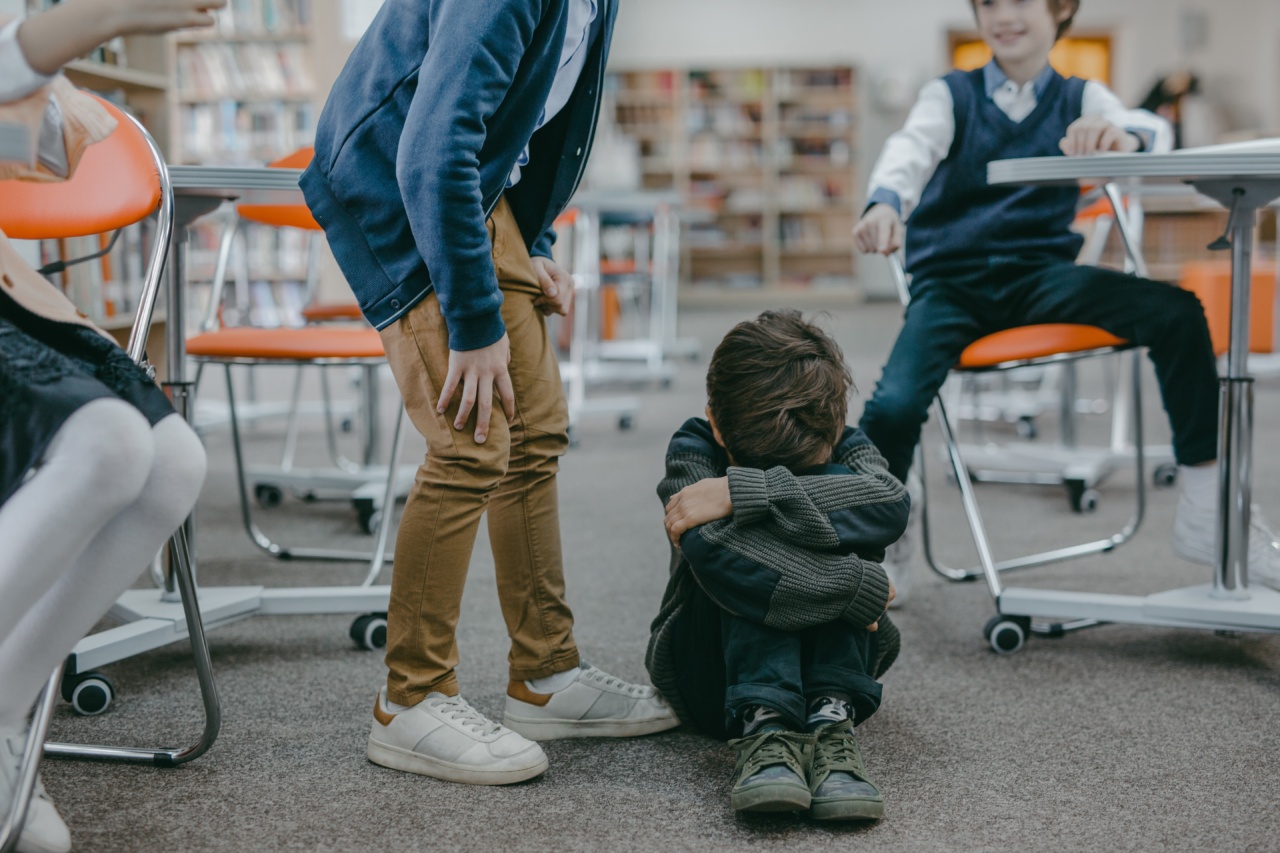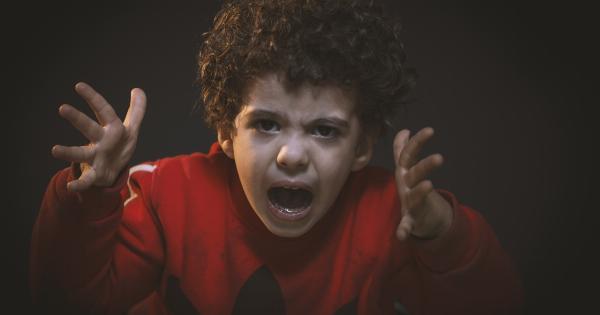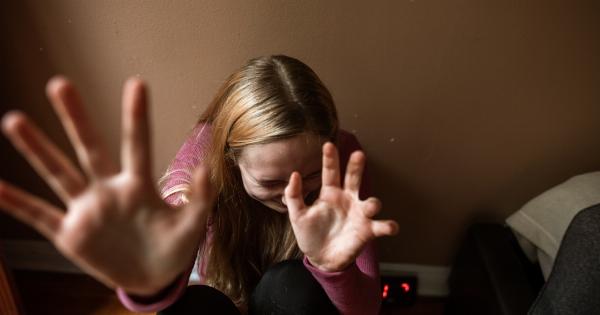Bullying has been a long-standing issue that numerous individuals have faced since the time they were young. It is often characterized as an aggressive behavior shown by individuals who see themselves as more powerful than others.
This is a problem that has been identified worldwide, causing significant impacts on individuals’ mental and emotional health. In this article, we will tackle the realities of bullying, its effects, and how it can be prevented.
Types of Bullying
Bullying can take various forms and could happen in different places, whether in schools, workplaces, or even online. Here are the common types of bullying:.
Physical Bullying
This form of bullying involves actual physical harm to the victim. It can range from hitting, kicking, or even destroying someone’s properties.
Verbal Bullying
Verbal bullying is when the aggressor uses words to hurt, humiliate, or degrade someone. This may include name-calling, insults, or spreading rumors.
Psychological Bullying
This type of bullying is characterized by behaviors that can cause serious long-term psychological and emotional damage. It includes manipulation, intimidation, and coercion.
Cyberbullying
Cyberbullying is a form of bullying that happens in cyberspace. It often involves using technology and social media to harass, intimidate, or threaten someone.
The Effects of Bullying
Bullying can have significant impacts on an individual’s mental, physical, and emotional health. Here are some of the common effects of bullying:.
Mental Health Issues
Individuals who have been subjected to bullying are more likely to suffer from mental health issues like depression, anxiety, or post-traumatic stress disorder (PTSD).
Low Self-esteem and Confidence
Bullying can have devastating consequences on an individual’s self-worth and confidence. Victims of bullying often develop low self-esteem and may struggle to interact with others in a positive way as a result.
Physical Health Issues
Physical bullying can lead to an array of physical health problems. These can range from cuts, bruises, and broken bones to more severe issues like chronic pain or even disability.
Isolation and Social Withdrawal
Bullying can make an individual withdraw from social situations, leading to feelings of isolation, loneliness, and even suicide thoughts.
Preventing Bullying
Prevention is the best way to deal with bullying. Here are some ways to prevent bullying:.
Creating Awareness
Creating awareness is vital in preventing bullying. Individuals need to understand what bullying is and how to identify it. This can be achieved by implementing anti-bullying campaigns in schools, workplaces, and in the media.
Teaching Empathy
Individuals need to be taught how to empathize with others and to understand how their actions can affect others negatively. It is crucial in promoting a culture of kindness and respect.
Establishing Policies and Procedures
Schools, workplaces, and other organizations should have anti-bullying policies and procedures in place to prevent bullying from happening.
Encouraging Open Communication
If someone feels safe enough to talk about being bullied, it might be easier to prevent it from happening to them or someone else. Create an atmosphere of open communication where individuals can speak freely without fear of retaliation.
Conclusion
Bullying can have severe consequences on individuals. It is essential to understand the types of bullying, its effects, and ways of preventing it. Let’s work together to create a safe environment where everyone can flourish. No one deserves to be bullied!.




























